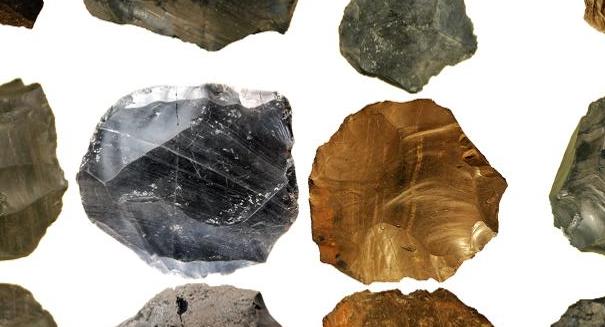
Researchers discover 325,000-year-old stone artifacts that establish evidence of the simultaneous use of two distinct technologies, previously believed to be separated by Stone Age time periods.
A study published Friday in the journal Science argues against a longstanding theory that the Eurasian people of the Stone Age acquired sophisticated tool-making techniques from migrating African tribes.
Researchers of the study, led by Daniel Adler of the University of Connecticut, examined thousands of stone artifacts from Nor Gehgi 1, a 325,000-year-old site in Armenia preserved between two lava flows dating back 200,000 to 400,000 years ago. Researchers analyzed layers of floodplain sediments found between the lava flows, as well as the dating of volcanic ash found within the sediments, to try and determine how old the stone artifacts were.
According to a recent statement, researchers suggest that the tools date back 325,000 to 335,000 years ago, providing evidence of simultaneous use of two unique technologies: biface technology and Levallois technology. Biface technology is linked to hand axe production during the Lower Paleolithic, and Levallois technology is a method of stone tool production associated with the Middle Stone Age in Africa and the Middle Paleolithic in Eurasia.
Previously, the established belief was that the disappearance of biface technology and the advancement of Levallois technology marked the transition from the Lower Paleolithic to the Middle Paleolithic 300,000 years ago. “The combination of these different technologies in one place suggests to us that, about 325,000 years ago, people at the site were innovative,” said Adler.
According to the statement, archaeologists have argued that Levallois technology was invented in Africa and brought to Eurasia, replacing the local biface technology. Results from this study provide evidence that the two technologies actually co-existed at Nor Geghi 1, indicating that local populations developed Levallois technology on their own from existing biface technology.
“We wouldn’t have found this mixture if the Levallois technology had simply replaced the old method,” said Adler, in a statement from Nature. “The communities probably worked out for themselves how to make bifacial tools and then it was a short step to the Levallois method.”
Leave a Reply